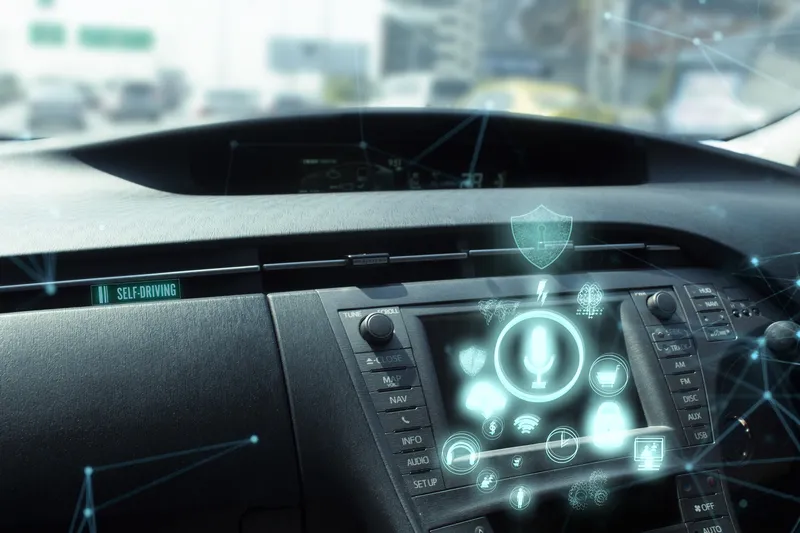Drivers in Malta can soon expect to see improvements in traffic management, with the launch of an intelligent traffic management project to control traffic systems on arterial roads. Austin Gatt, Malta's transport and communications minister, has revealed the launch of the new intelligent traffic control project on the island's major urban routes within the coming months. The system will work to control traffic flow via new variable message signs, CCTV cameras and traffic light optimisation.
November 16, 2012
Read time: 2 mins
Drivers in Malta can soon expect to see improvements in traffic management, with the launch of an intelligent traffic management project to control traffic systems on arterial roads.
Austin Gatt, Malta's transport and communications minister, has revealed the launch of the new intelligent traffic control project on the island's major urban routes within the coming months. The system will work to control traffic flow via new variable message signs, CCTV cameras and traffic light optimisation.
Implementation of ITS in Malta has only been in isolated deployments. In 20116888 Transport Malta embarked on establishing a major component of future ITS in the form of a control centre, incorporating an Intelligent Traffic Management System (ITMS) that over time would link to all the fragmented ITS deployments to be able to receive and control these centrally. This would allow Transport Malta to view and therefore manage traffic in an integrated way across wider areas of Malta and Gozo. The ITMS would also allow Transport Malta to relay real-time information back to the road users via on-road signs, the media and online.
Austin Gatt, Malta's transport and communications minister, has revealed the launch of the new intelligent traffic control project on the island's major urban routes within the coming months. The system will work to control traffic flow via new variable message signs, CCTV cameras and traffic light optimisation.
Implementation of ITS in Malta has only been in isolated deployments. In 2011










